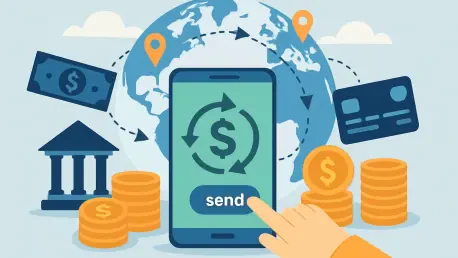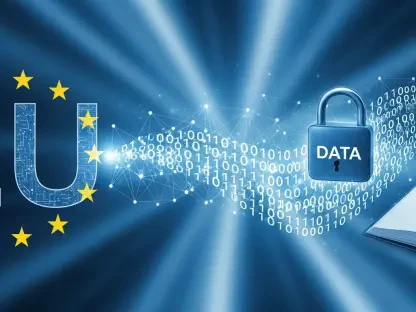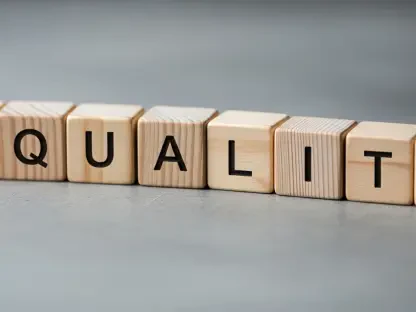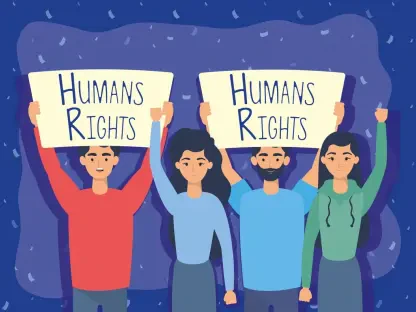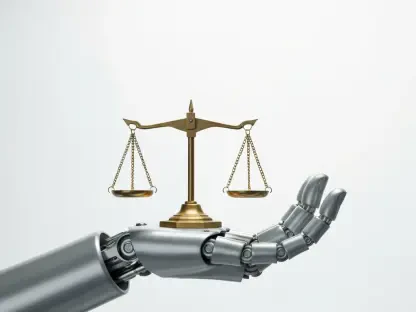Imagine a world where sending money across borders is as seamless and instantaneous as sending a text message, with costs so minimal that they barely register, and data so precise that errors are virtually eliminated. For too long, international payments have been plagued by inefficiencies—high fees, sluggish processing times, and inconsistent information exchange have frustrated businesses and individuals alike. The convergence of XRP, a cryptocurrency renowned for its speed, and ISO 20022, a global financial messaging standard, offers a glimpse into a future where these pain points could be eradicated. XRP, powered by the XRP Ledger, enables near-instant transactions at a fraction of a cent, while ISO 20022 provides a structured framework for rich, machine-readable data. Together, they hold the potential to transform the landscape of cross-border transactions, addressing systemic flaws in legacy systems and paving the way for a more interconnected financial ecosystem. This powerful synergy is capturing attention as a solution to long-standing challenges in global finance.
Tackling Inefficiencies in Global Transactions
The inefficiencies of traditional cross-border payment systems have been a persistent thorn in the side of global commerce, with transactions often taking days to settle and incurring fees that eat into profitability. Legacy systems, built on outdated technology, struggle to handle the volume and complexity of modern financial flows, frequently resulting in delays due to manual interventions or incomplete data. XRP emerges as a game-changer in this space, leveraging blockchain technology to facilitate settlements in mere seconds, drastically cutting down wait times. Its ability to process transactions at a negligible cost further positions it as an attractive alternative for banks and payment providers. By reducing reliance on intermediaries, XRP streamlines the process, ensuring funds move swiftly across borders. This speed and cost-effectiveness address critical pain points, offering a glimpse of what a modernized payment infrastructure could achieve when paired with complementary innovations in financial messaging.
Complementing XRP’s capabilities, ISO 20022 introduces a standardized approach to payment messaging that enhances data quality and interoperability among financial institutions worldwide. Unlike older systems where data was often truncated or inconsistent, this framework supports detailed, structured information that can be easily processed by automated systems. Such precision minimizes errors and reduces the need for costly manual reconciliations, which have long plagued international transfers. Additionally, ISO 20022 aids compliance with regulatory demands by embedding richer data fields, making it easier to track and report transactions. When integrated with a rapid settlement mechanism like XRP, the standard ensures that not only are payments fast, but the accompanying information is also accurate and actionable. This combination tackles both the speed and reliability aspects of cross-border payments, creating a robust foundation for financial institutions aiming to modernize their operations in a competitive global market.
Synergy for a Seamless Financial Future
The true power of combining XRP with ISO 20022 lies in their complementary strengths, forming a holistic solution to the multifaceted challenges of international payments. XRP addresses the settlement layer, slashing transaction times and costs through its decentralized ledger technology, which bypasses the slow, intermediary-heavy processes of traditional banking networks. Meanwhile, ISO 20022 focuses on the messaging layer, providing a universal language for financial data that ensures consistency and clarity across diverse systems. This synergy means that a payment can be both instantaneous and accompanied by comprehensive, standardized information, reducing friction at every stage of the process. For businesses operating globally, this could translate into faster access to funds and more reliable transaction data, ultimately boosting operational efficiency. The potential for this partnership to redefine financial interactions is immense, as it aligns speed with precision in a way previously unattainable.
Beyond operational benefits, the integration of these technologies promises to enhance transparency and trust in cross-border transactions, which have often been marred by opacity and high costs. With XRP ensuring rapid settlements, funds are no longer tied up in transit for days, mitigating risks associated with currency fluctuations or delayed payments. Simultaneously, ISO 20022’s detailed data capabilities allow for better tracking and reporting, fostering confidence among stakeholders that transactions are secure and compliant with international regulations. This dual approach not only streamlines workflows for financial institutions but also improves the end-user experience, as individuals and companies benefit from quicker, cheaper, and more predictable transfers. As adoption of these technologies grows, the financial sector could witness a shift toward a more inclusive and efficient system, where even smaller players gain access to tools previously reserved for large corporations with deep resources.
Overcoming Barriers to Adoption
Despite the compelling advantages, the path to integrating XRP and ISO 20022 into mainstream financial systems is not without obstacles, as both technologies face significant hurdles in implementation. The migration to ISO 20022, while underway among central banks and payment networks, involves complex technical upgrades and coordination across a fragmented global landscape. Many institutions must overhaul legacy infrastructure, a process that demands time, investment, and expertise. Similarly, incorporating XRP requires alignment with existing messaging standards and navigation of regulatory frameworks that vary by jurisdiction. These challenges highlight the gap between theoretical benefits and practical deployment, suggesting that widespread adoption may unfold gradually. Overcoming these barriers will necessitate collaboration among stakeholders to standardize practices and ensure interoperability, a critical step toward realizing the full potential of this transformative pairing.
Another layer of complexity arises from the need to build trust and acceptance within the financial ecosystem, where skepticism toward cryptocurrency and new standards can slow progress. While XRP offers undeniable efficiency, concerns around volatility and regulatory scrutiny persist, requiring clear guidelines to reassure institutions of its viability as a payment tool. At the same time, the transition to ISO 20022 demands extensive training and system updates, which can strain resources, especially for smaller entities. Addressing these issues will involve phased rollouts, pilot programs, and robust support mechanisms to ease the shift. Looking ahead, success hinges on coordinated efforts that bridge technological innovation with pragmatic solutions, ensuring that the benefits of speed, cost savings, and data accuracy are accessible to all. Reflecting on past challenges, it becomes evident that perseverance and strategic partnerships play a vital role in navigating the intricate journey toward a modernized payment landscape.
